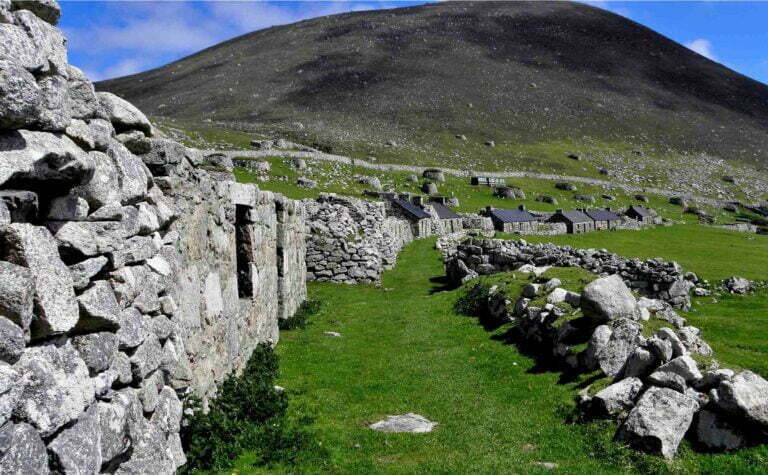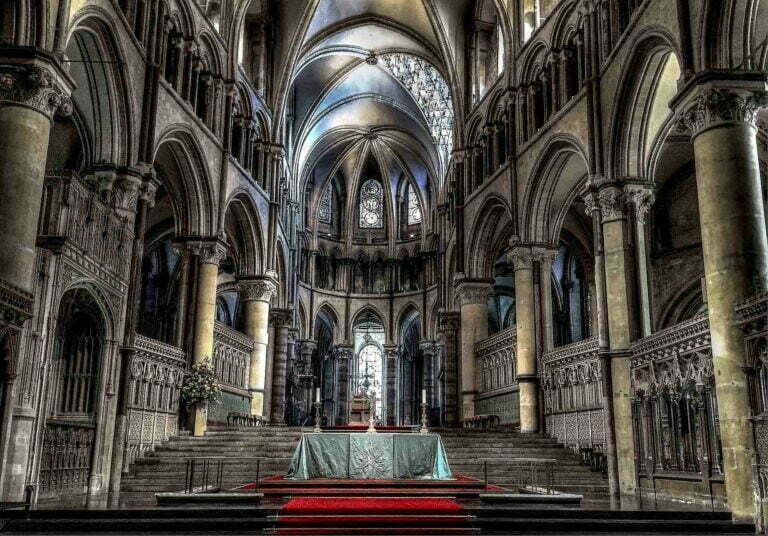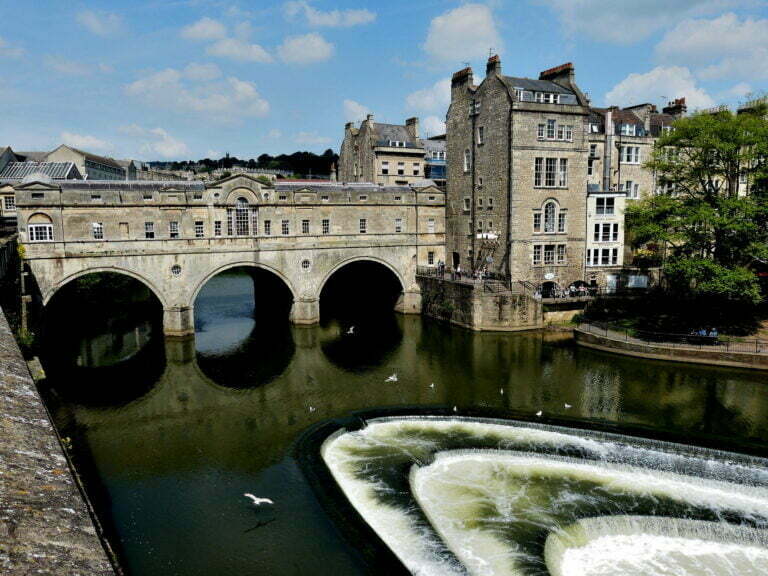The relics of St Cuthbert (Northumbria’s evangelist) and the Venerable Bede were housed in Durham Castle and Cathedral in the late 11th and early 12th centuries.
Durham Castle and cathedral are the largest and finest examples of Norman construction in England, and they attest to the importance of the early Benedictine monastic community.
History of Durham Cathedral
The city’s previous “White Church” was demolished in 1093, and the current Norman-era cathedral began construction in 1093. The cathedral and Durham Castle were both declared UNESCO World Heritage Sites in 1986.
The vaulting’s inventive daring foreshadowed Gothic architecture. The castle, a historic Norman fortress that served as the residence of the prince-bishops of Durham, is located behind the cathedral.
Durham Cathedral was constructed between the late 11th and early 12th centuries to hold St. Cuthbert’s relics (636–487). Northumbria’s evangelist) and the Venerable Bede (672/3-735 AD).
It is the largest and finest example of Norman construction in England, and it attests to the importance of the early Benedictine monastic community. The vaulting’s inventive daring foreshadowed Gothic architecture.
The cathedral is located within the precinct of Durham Castle, which was built on William the Conqueror’s orders in the late eleventh century.
The Prince-Bishops of Durham used the castle as a fortification and a home. He wielded both religious and secular power as a result of his virtual autonomy in exchange for defending England’s northern frontiers.
Later buildings of the Durham Palatinate, reflecting the Prince-Bishops’ civic obligations and privileges, can be found within the castle precinct. The Bishop’s Court (now a library), almshouses, and schools are among them.
The Prince Bishops used Palace Green, a huge open space connecting the different buildings on the site, for processions and meetings befitting their stature, and it is still used for public events today.
The castle and cathedral of Durham are situated on a peninsula formed by a bend in the River Wear, with steep riverbanks acting as a natural line of defense.
These were necessary for both the community of St. Cuthbert and the community of St. Cuthbert. In the eleventh century, he moved to Durham in pursuit of a safe haven.
After having been subjected to Viking raids on multiple occasions over several centuries, and for the Prince-Bishops of Durham, defenders of the unstable English frontier.
The site is notable because of the excellent architecture on the peninsula, including the cathedral and castle, which demonstrate architectural originality and visual drama, as well as the connotations of romantic beauty in tangible form.
The guarded complex and the value of its archaeological remains, which are intimately tied to its history and continuity of usage over the past 1000 years, demonstrate the physical expression of the medieval Bishops’ Palatinate’s spiritual and secular powers.
Three saints, Cuthbert, Bede, and Oswald, had their relics and material culture preserved. The remains of St. Cuthbert and the Venerable Bede are interred at the site, as are the cultural and religious traditions and historical memories linked with them.
It provides concrete evidence of the building’s use and ownership over the millennium as a center of religious prayer, learning, and living.
The property displays its significance as a political declaration of Norman authority imposed on a subjugated nation, as well as one of the most powerful emblems of the Norman Conquest of Britain in the country.
Durham Cathedral is England’s largest and most perfect ‘Norman’ architectural structure. The little astral (castle) chapel, for its part, represents a watershed moment in the growth of Romanesque sculpture in the eleventh century.
Some people mistakenly believe that Durham Cathedral was the first ‘Gothic’ structure. There is no evident link between it and the churches built in the 12th century in the Île-de-France region.
This structure, like Spire [Speyer] and Cluny, was a form of experimental model that was well ahead of its time due to the inventive daring of its vaulting.
Durham consolidated the memory of Northumbria’s evangelization and primitive Benedictine monastic life around the relics of Cuthbert and Bede.
The property’s physical integrity has been effectively preserved. However, the existing border does not fully cover all of the traits and features that communicate the property’s Outstanding Universal Value, notwithstanding a small revision of the property’s boundaries in 2008 to link the castle and cathedral sites.
The steep banks of the River Wear, which are an essential part of the property’s defensive role, as well as the entire castle precinct, remain outside the property boundary.
The property and its features are not under any immediate threat. The property’s visual integrity stems from its conspicuous location high above a bend in the River Wear.
There is also a need to conserve major views to and from the castle, cathedral, and town, which together form one of medieval Europe’s most well-known city escapes.








